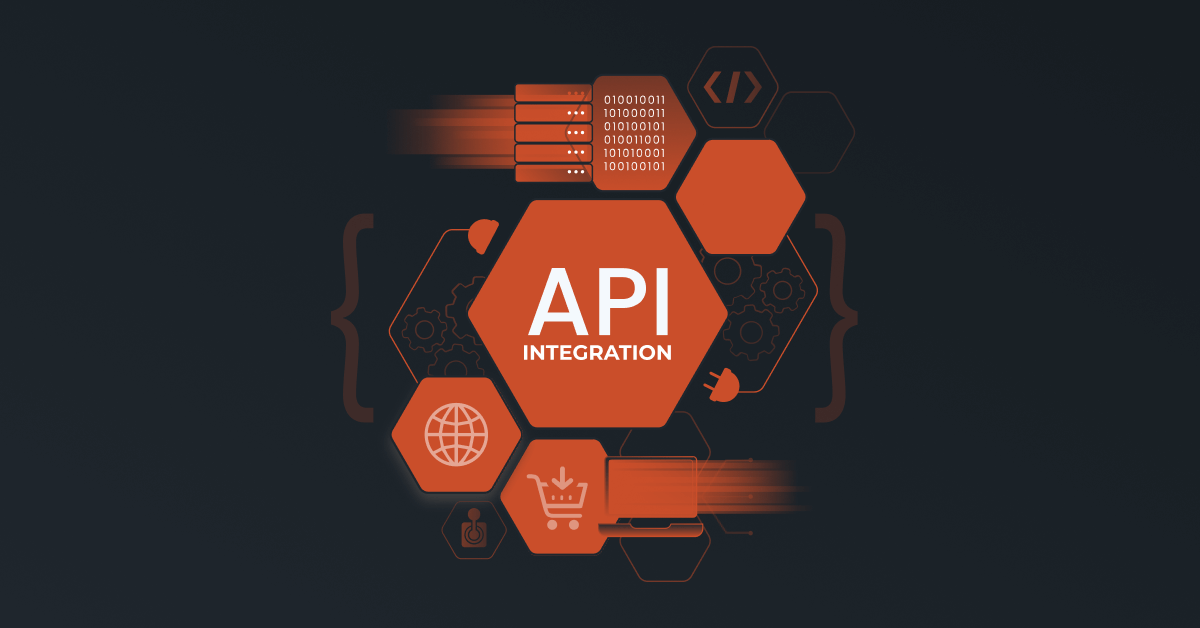Digital Insights
Your go-to source for the latest in technology and gadget reviews.
APIs Are Like Relationships: How to Make Them Work Smoothly
Unlock the secrets to seamless API integration! Discover relationship tips for tech harmony in our latest blog.
Building Strong APIs: The Key Ingredients for Success
In today's digital landscape, building strong APIs is essential for developers looking to create seamless integration between software applications. The first step to achieving this is to prioritize clear documentation. A well-documented API allows developers to understand how to utilize it effectively, reducing the learning curve and minimizing errors. Additionally, implementing a consistent naming convention and versioning strategy can greatly enhance user experience by providing clarity and stability. This foundation enables developers to build on their APIs confidently, fostering greater adoption and innovation.
Another key ingredient for successful APIs is ensuring robust security measures. As APIs often serve as gateways to sensitive data, incorporating authentication protocols, such as OAuth or API keys, is critical in safeguarding information. Furthermore, performance optimization should not be overlooked; employing best practices like caching and proper error handling can lead to improved responsiveness and reliability. By focusing on these essential aspects, developers can create APIs that are not just functional but also trustworthy and efficient.

Common Pitfalls in API Relationships and How to Avoid Them
Establishing API relationships can be a rewarding yet challenging endeavor. One of the most significant pitfalls in API relationships is inadequate documentation, which can lead to confusion and miscommunication between developers. Without clear and accessible documentation, teams may struggle to integrate or utilize APIs effectively. To avoid this, ensure that documentation is comprehensive, well-organized, and regularly updated to reflect any changes or enhancements in the API. Implementing version control for documentation can also aid in maintaining clarity and consistency.
Another common hurdle arises from poor error handling and inadequate testing practices. When APIs fail to return clear error messages or have not been thoroughly tested, users may find it challenging to diagnose issues promptly. To mitigate this risk, developers should implement robust error logging and provide detailed error responses that guide users on how to resolve issues. Additionally, conducting regular testing, including unit and integration tests, can help identify potential flaws before they escalate into larger problems. By prioritizing these aspects, organizations can foster healthier API relationships.
How to Communicate Effectively with Your APIs: Best Practices for Smooth Interactions
Effective communication with your APIs is crucial for ensuring smooth interactions and seamless data exchange. One of the best practices for achieving this is to clearly define your API endpoints. Each endpoint should serve a specific function, making it easier for developers to understand and utilize. Consider using RESTful principles to organize your endpoints logically, allowing clients to perform actions such as GET, POST, PUT, and DELETE efficiently. Additionally, maintain documentation that describes the purpose of each endpoint, expected input parameters, and possible responses in detail.
Another vital aspect of effective API communication is error handling. To enhance user experience, always ensure that your API returns meaningful error messages. Instead of generic error codes, provide specific information about what went wrong and how the user can rectify the issue. For example, if a request fails due to invalid input, include details on the required format. Implementing proper versioning of your APIs is also essential, as it allows clients to migrate over time without breaking changes, ensuring long-term compatibility and a smoother transition.